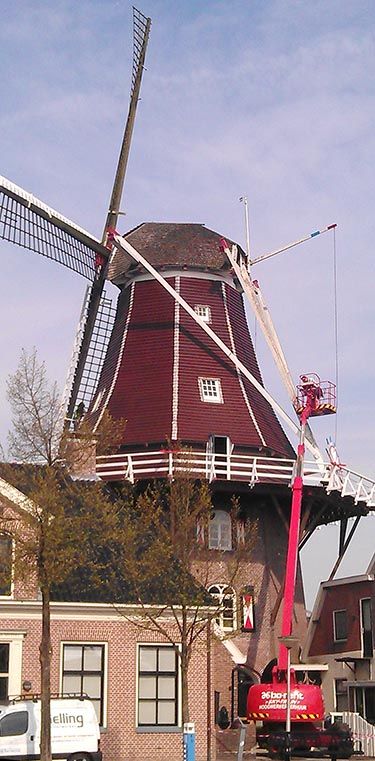8
Hike
City hike
2.1 km
Meppel is a charming little city in which its rich trade history is still clearly visible. Transportation in Meppel used to occur by water, its many canals playing an important role in this. Several canals have remained preserved, as have its lively, historic inner city, the Tower of Meppel and various old warehouses.
Start your work at Kerkplein, along which the 600-year-old Grote of Mariakerk (“Large or St Mary Church”) can be found. Use the available signposting to walk into Hoofdstraat, Meppel’s most important shopping street. Take a moment to glance upwards at the old façades. A little further along, Touwstraat and Woldstraat used to be Jewish neighbourhoods during the Second World War. A variety of monuments and panels tell the tragic story of the Jewish community.
You also end …
Meppel is a charming little city in which its rich trade history is still clearly visible. Transportation in Meppel used to occur by water, its many canals playing an important role in this. Several canals have remained preserved, as have its lively, historic inner city, the Tower of Meppel and various old warehouses.
Start your work at Kerkplein, along which the 600-year-old Grote of Mariakerk (“Large or St Mary Church”) can be found. Use the available signposting to walk into Hoofdstraat, Meppel’s most important shopping street. Take a moment to glance upwards at the old façades. A little further along, Touwstraat and Woldstraat used to be Jewish neighbourhoods during the Second World War. A variety of monuments and panels tell the tragic story of the Jewish community.
You also end up at Keizersgracht, which, due to its large number of weavers (the Dutch word for weaver is wever), was called Wevershoek (“weaver’s corner”). At its industrial peak, there were 700 looms in Meppel. At the time, Meppel was most well-known for its everdoek—a kind of light sailcloth used, among others, by the Dutch East India Company. At the dock of Stoombootkade, you find one of the most well-preserved parts of Meppel’s nautical history. This is where boats used to leave for Amsterdam, among other places. The goods that were taken along on their way back were stored in the area’s many warehouses.
The fact that Meppel was also a printing city with many printing businesses can be seen in the printing museum housed in three old warehouses. Back at Kerkplein, you are certain to have a relaxing time on the terrace of one of Meppel’s many catering establishments.
The route starts at Kerkplein. You can’t park here, but there is paid parking nearby. Restricted parking applies in Meppel’s city centre. You can park for longer durations at one of the car parks. The parking direction system will take you to your desired car park. You can also use the signposting present to start the route from other locations.
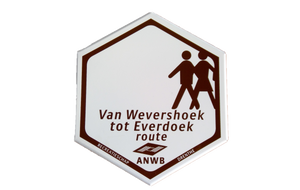

Kerkplein 4
7941 BE Meppel
Navigate to starting point
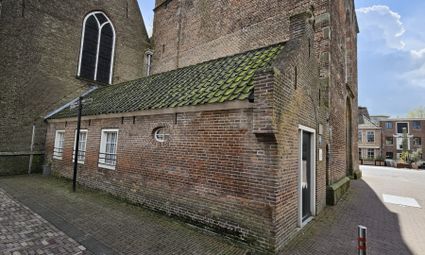
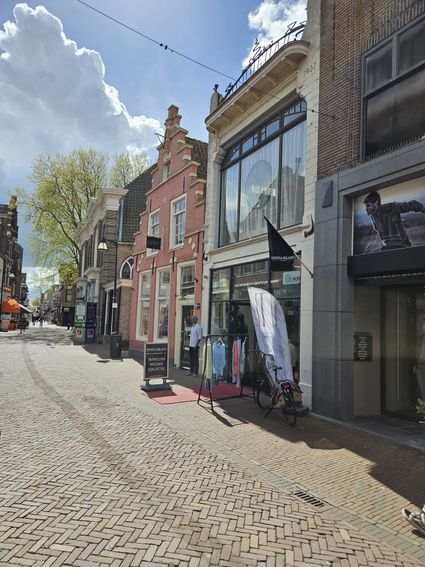

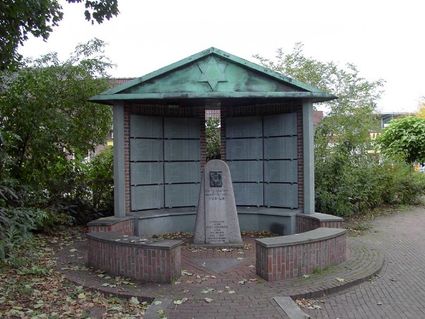
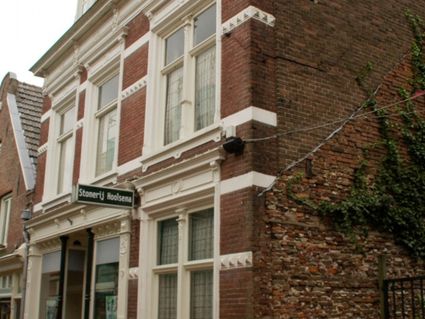


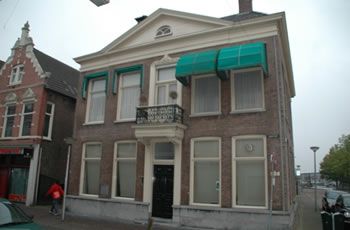

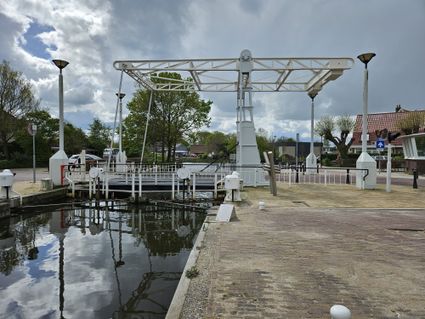
The mill De Vlijt is a relatively recent addition to Meppel. Rebuilt in 2002, it’s the city of Meppel’s second mill. The mill is often photographed from the other side of the water. There are serious plans to make this mill into a mustard mill.
